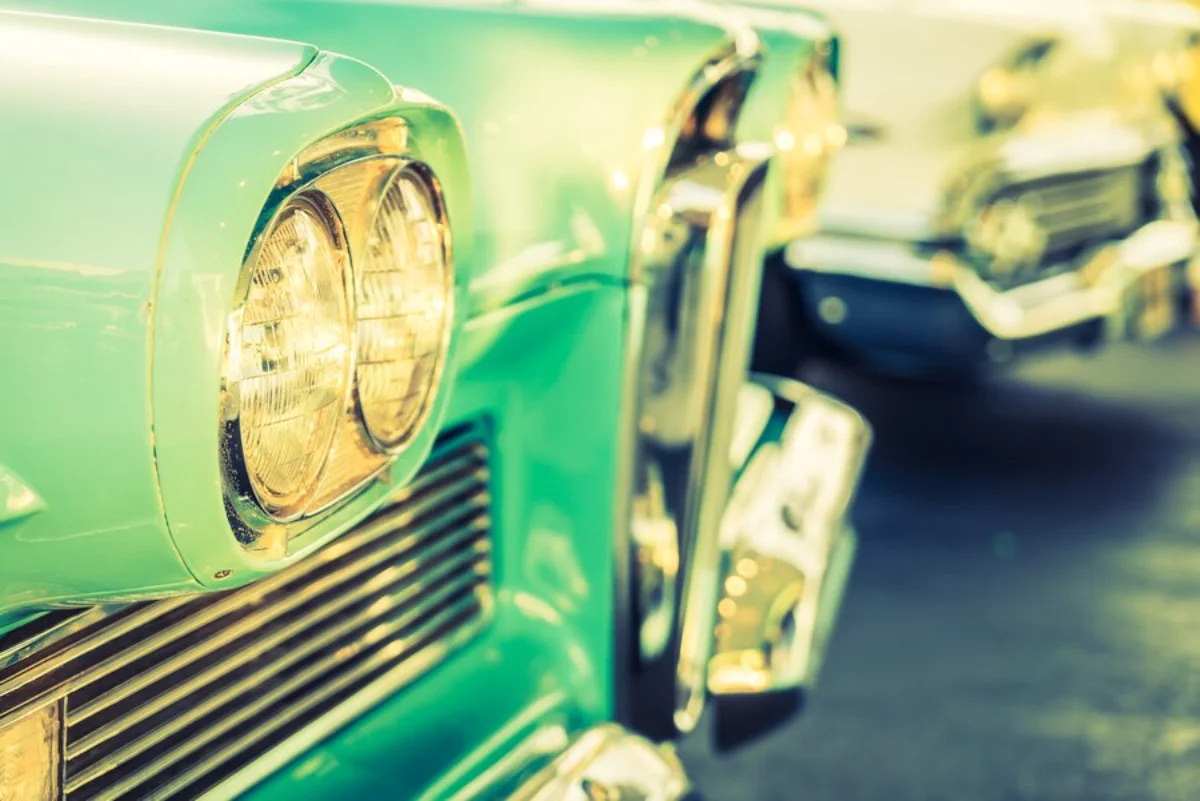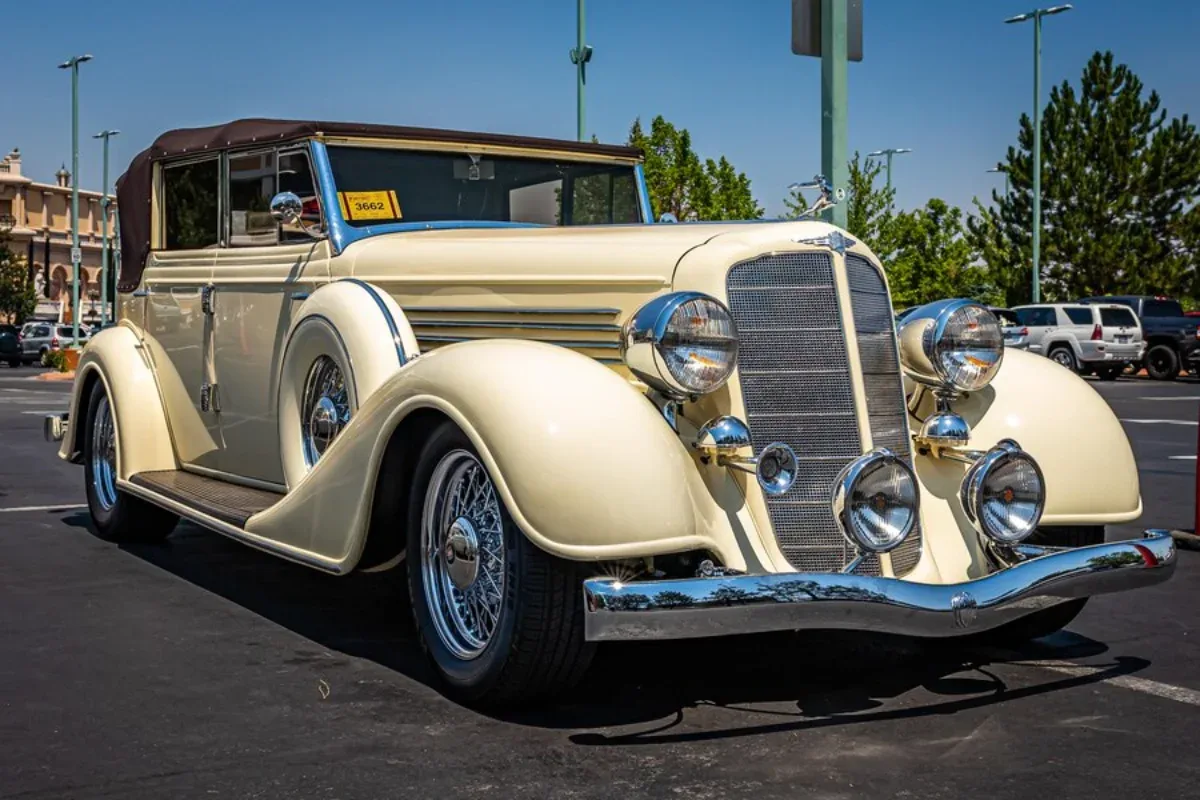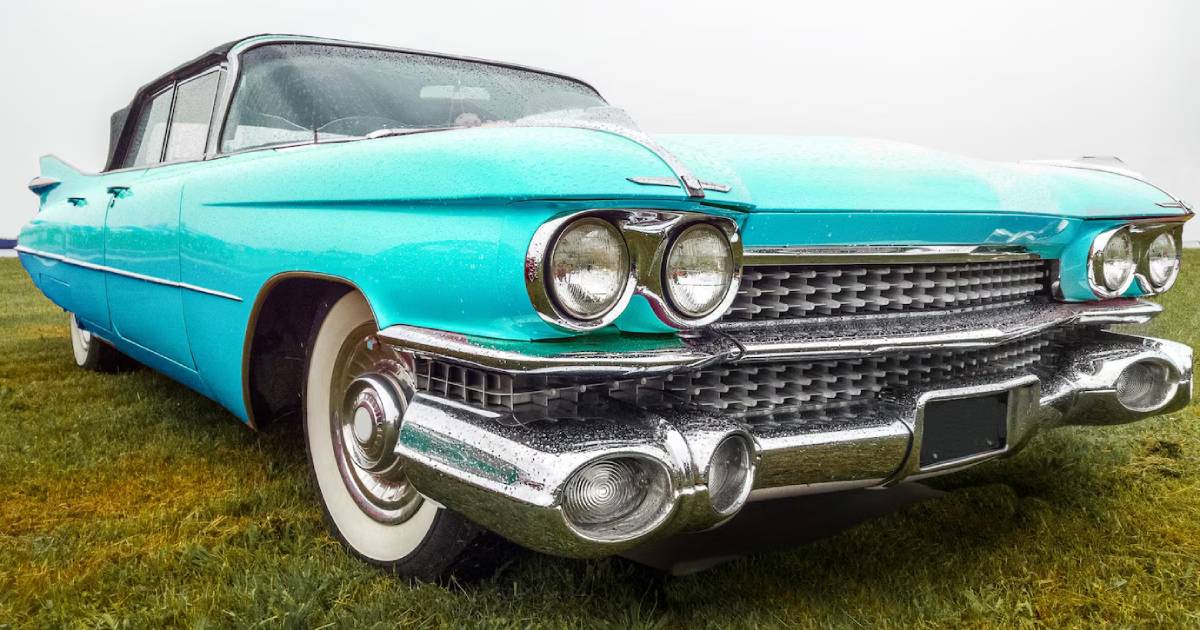
American vs. European Classic Cars: Key Differences
The world of classic cars is full of nostalgia, style, and engineering marvels. Whether it’s the thunderous roar of a 1960s muscle car or the refined hum of a mid-century European coupe, vintage vehicles continue to capture the imagination of enthusiasts and collectors alike. But ask any gearhead, and they’ll tell you that not all classics are created equal.
This classic car comparison takes a closer look at the fundamental differences between American classic cars and European vintage cars, from design philosophy and driving dynamics to cultural significance and collector appeal. Whether you’re restoring a beloved old Chevy or dreaming of a pristine Porsche, understanding these distinctions helps you appreciate each car for what it truly represents.
Design Philosophy: Big, Bold vs. Sleek and Subtle
American Classic Cars: Chrome, Curves, and Muscle
American cars from the 1950s through the 1970s are known for their bold, unapologetic styling. Think long hoods, tail fins, oversized grilles, and lots of chrome. The design language of this era was all about making a statement — bigger, louder, and more powerful was better.
Popular models like the 1957 Chevy Bel Air or the 1969 Dodge Charger showcased this aesthetic, exuding confidence and Americana charm. These cars weren’t just about getting from point A to point B; they were about making an entrance.
European Vintage Cars: Elegance and Engineering Precision
By contrast, European vintage cars often leaned toward minimalist design and aerodynamic efficiency. Brands like Jaguar, Alfa Romeo, and Mercedes-Benz embraced smooth lines, compact frames, and meticulous detailing. The design was often rooted in racing heritage, with function playing just as big a role as form.
While American cars wore their power on their sleeves, European cars carried a quiet sophistication — exemplified by models like the Jaguar E-Type or the Mercedes 300SL Gullwing.
Performance and Driving Feel
American: Straight-Line Power
One word sums up the performance focus of most American classic cars: torque. Muscle cars like the Pontiac GTO or Ford Mustang were built to dominate in a straight line. With big-block V8 engines and rear-wheel drive, they delivered thrilling acceleration and a raw, unfiltered driving experience.
Handling, however, often took a back seat. Large sizes, soft suspension, and heavy frames made cornering less precise than European cars. But for drag racing and pure road presence, few cars could match them.
European: Agile and Responsive
On the other side of the Atlantic, European vintage cars were engineered for control and balance. Smaller engines, like inline-4s, V6s, or flat-sixes, were tuned for high revs. Suspension systems were designed for sharp handling.
Cars like the Porsche 911, BMW 2002, and Lancia Fulvia felt light, responsive, and connected to the road. They were perfect for winding mountain roads or fast-track racing, where skill was just as important as power.
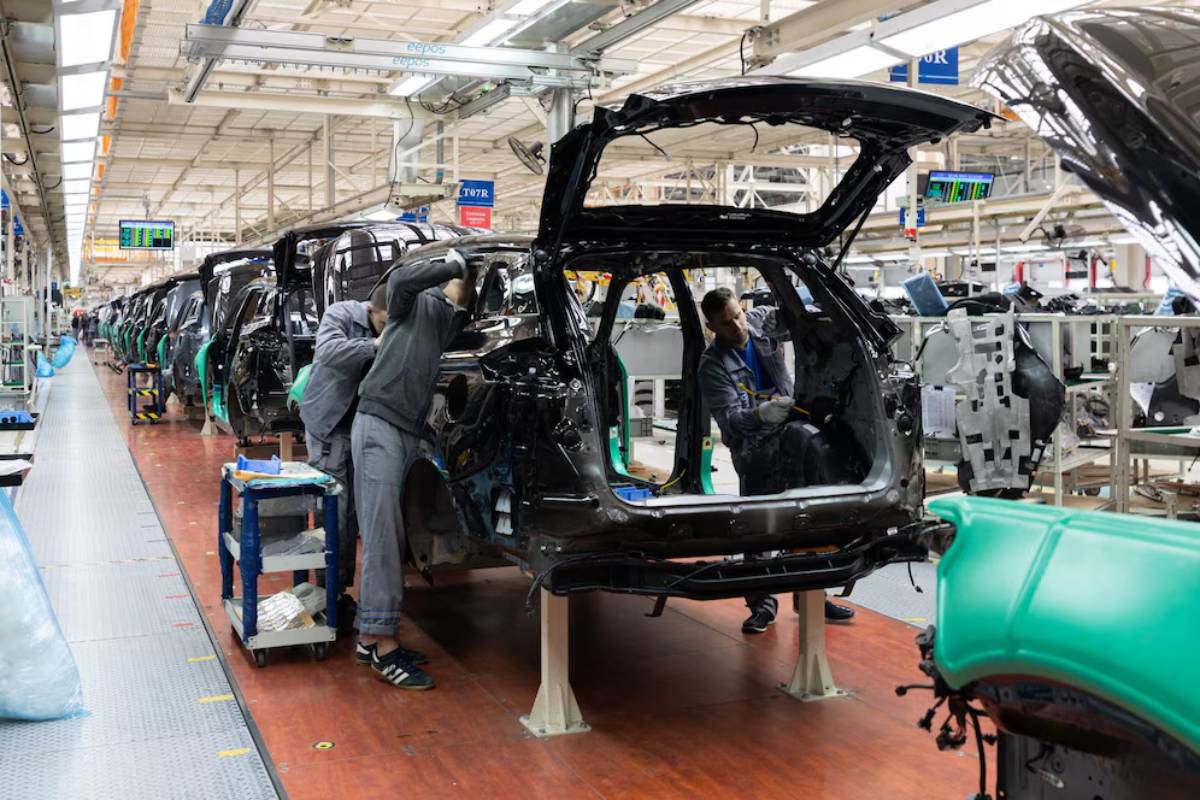
Build Quality and Materials
American: Mass Production and Simplicity
The American car industry was built on the principles of scale. Brands like Ford and GM focused on affordability and easy repairs. This led to simpler mechanical systems and interchangeable parts in different models.
Interiors were often spacious and cushy, with bench seats and big dashboards. Materials focused more on comfort and visual impact — lots of vinyl, chrome trim, and bold colours.
European: Craftsmanship and Complexity
Many European vintage cars were made by hand or in small batches. They focused on precise engineering. Interiors used leather, wood, and metal. The details made even small cars feel luxurious.
The downside? European classics can be more complex to maintain. Parts can be tough to find. Repairs often require special skills. This is true for brands like Ferrari, Aston Martin, and Maserati.
Cultural Significance
American Classics: Freedom and Rebellion
In the United States, classic cars are closely tied to the mythology of freedom, youth, and rebellion. Post-WWII prosperity gave rise to a car culture that celebrated individuality and speed. The hot rod scene, Route 66, and movies like American Graffiti made cars a symbol of identity.
Today, cars like the Corvette Stingray and Cadillac Eldorado are more than machines. They symbolise a lost time of American hope and strength.
European Classics: Heritage and Prestige
In Europe, classic cars are more often associated with motorsport heritage and brand prestige. Formula One, rally racing, and endurance events like Le Mans shaped the DNA of many vintage European models.
Driving a vintage Jaguar or Alfa Romeo is more than nostalgia. It celebrates a history of innovation, racing success, and classic style.
Collector Value and Popularity
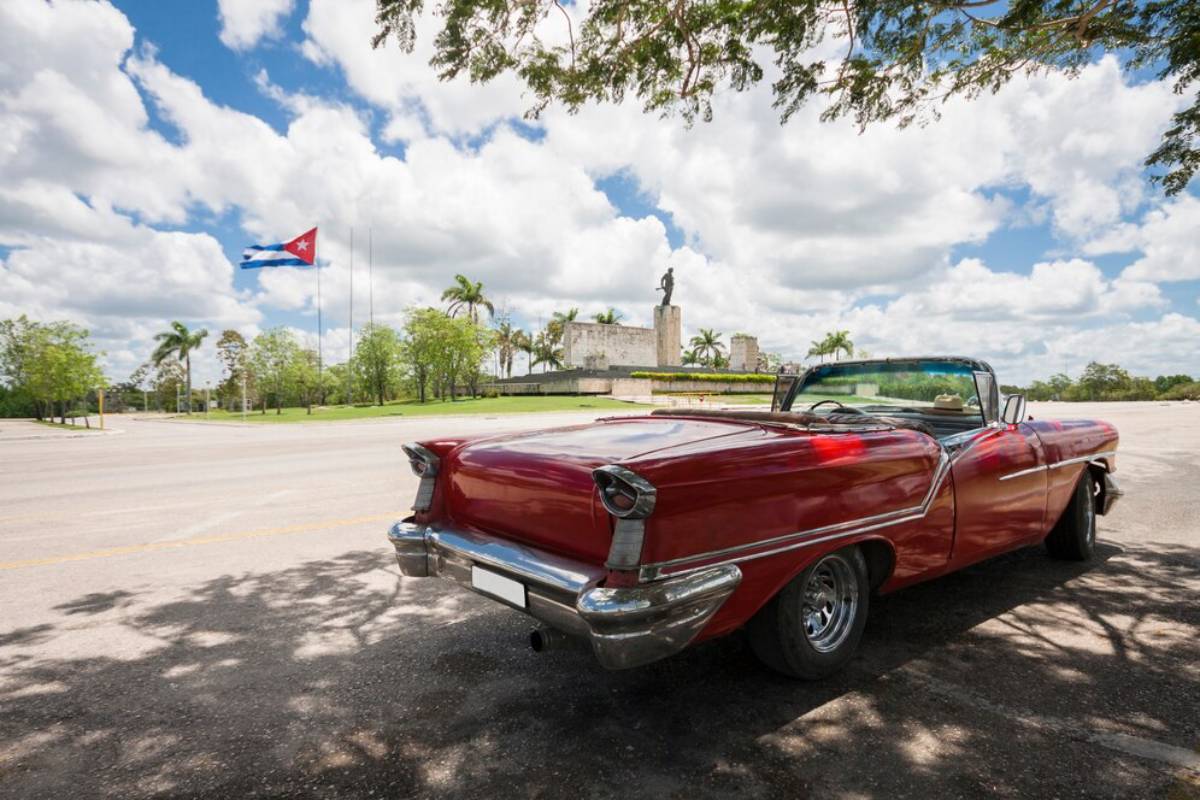
American Classic Cars
- More accessible for entry-level collectors
- Larger aftermarket support with affordable parts and community forums
- Best value in muscle cars and 1950s-era cruisers
- Strong auction performance for rare or perfectly restored examples
European Vintage Cars
- Often higher resale value, especially rare models from Porsche, Ferrari, or Aston Martin
- More niche audience, but very passionate and international
- Greater appreciation over time due to rarity and engineering excellence
- Restoration can be costlier but often more rewarding for purists
Maintenance and Ownership Experience
American Classics:
- Easier for DIY mechanics due to the simplicity and availability of parts
- Less expensive to insure and repair, especially for popular models
- May lack fuel efficiency and safety features, requiring modifications for modern use
European Classics:
- Require more specialised service and parts
- Maintenance can be costly, especially for high-end models
- Offer a refined driving experience that many owners see as worth the extra care
Conclusion: Choosing Between American and European Classic Cars
In the end, choosing between American classic cars and European vintage cars is about personal preference. It depends on what you value in a vehicle and what driving experience thrills you. An American classic could be the perfect addition to your dream garage. This is for you if you love raw power, bold style, and speed. European cars connect with you if you love elegant design, agile handling, and a racing heritage. Both types bring their own magic. This classic car comparison shows there’s no right or wrong way to drive. There are just different ways to enjoy it. No matter if you’re fixing up a Mustang or collecting rare Citroëns, what truly counts is your passion for driving.
